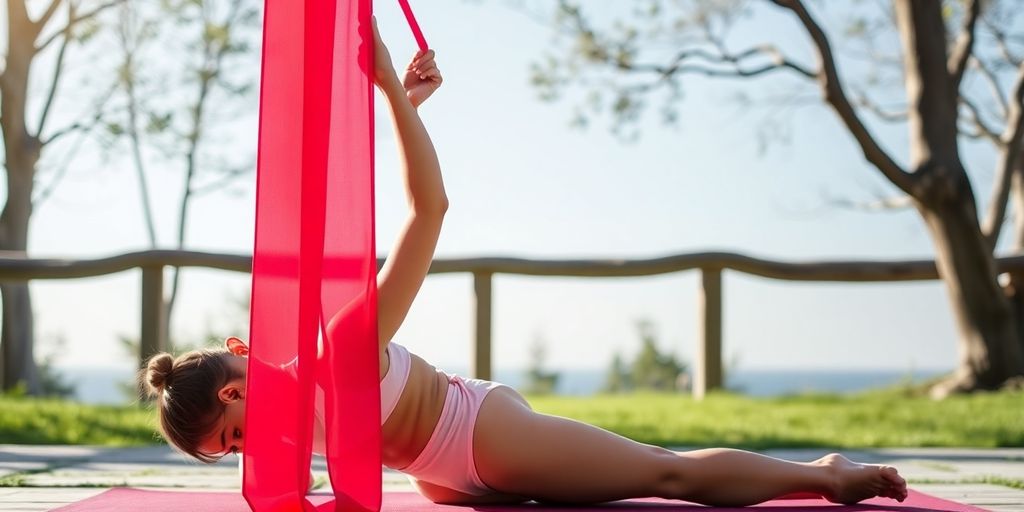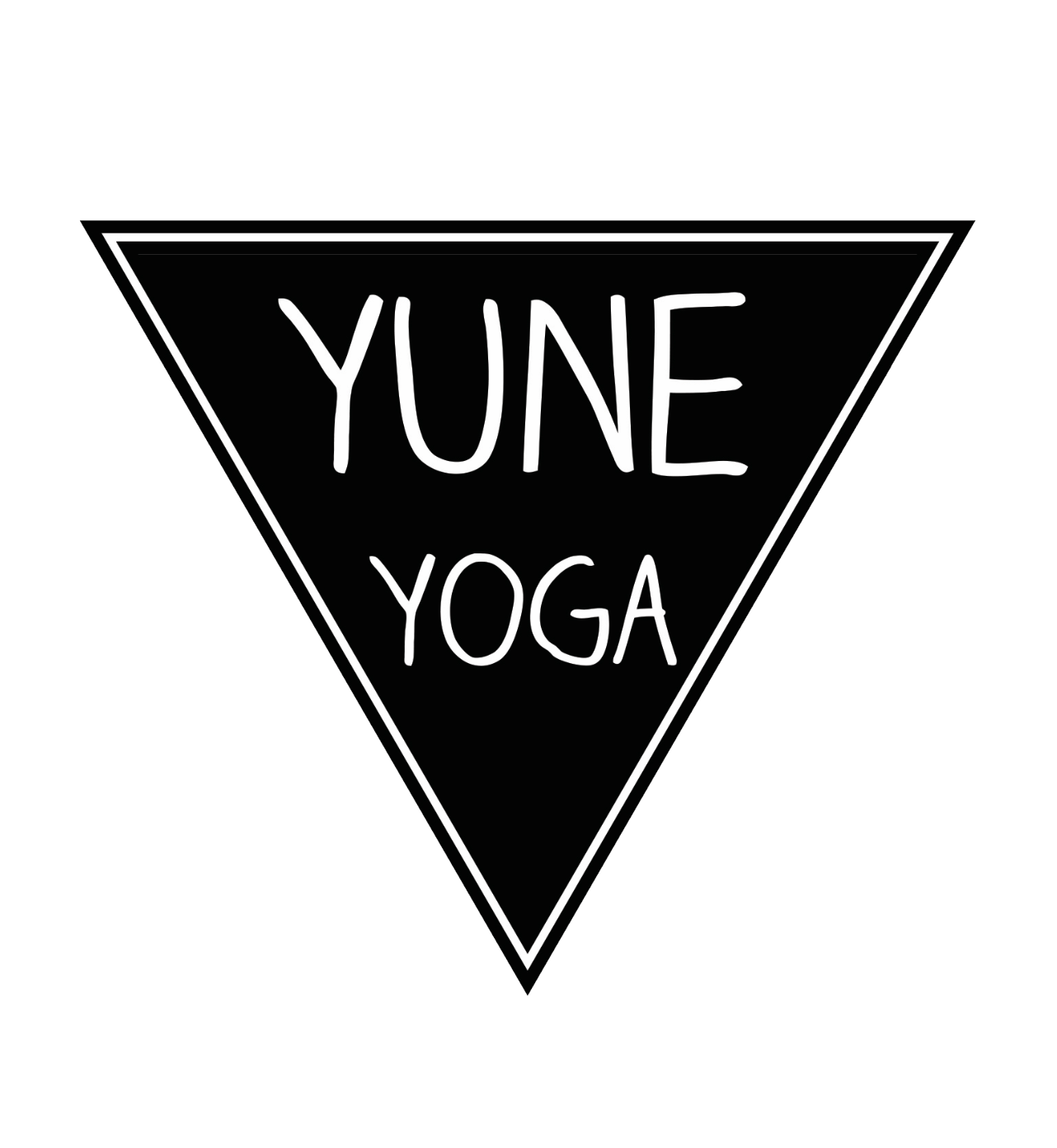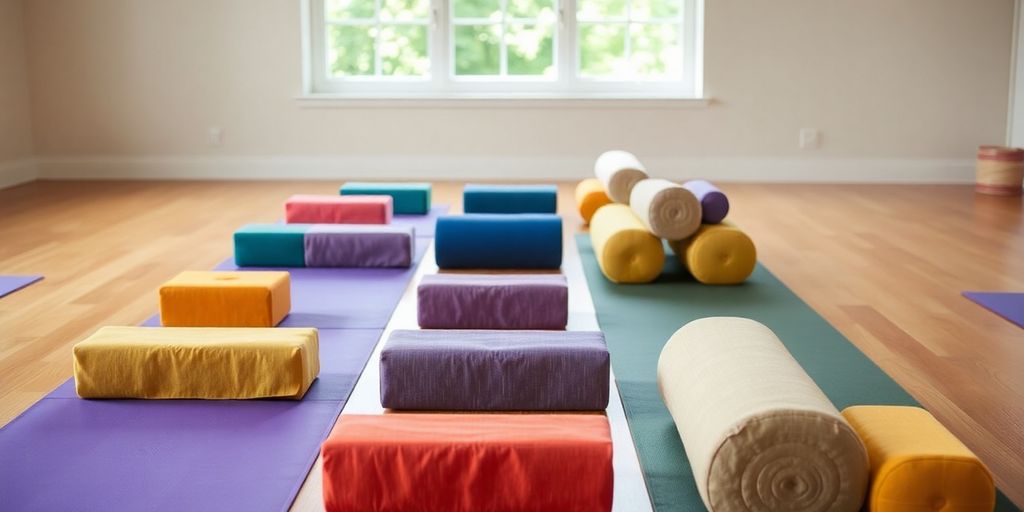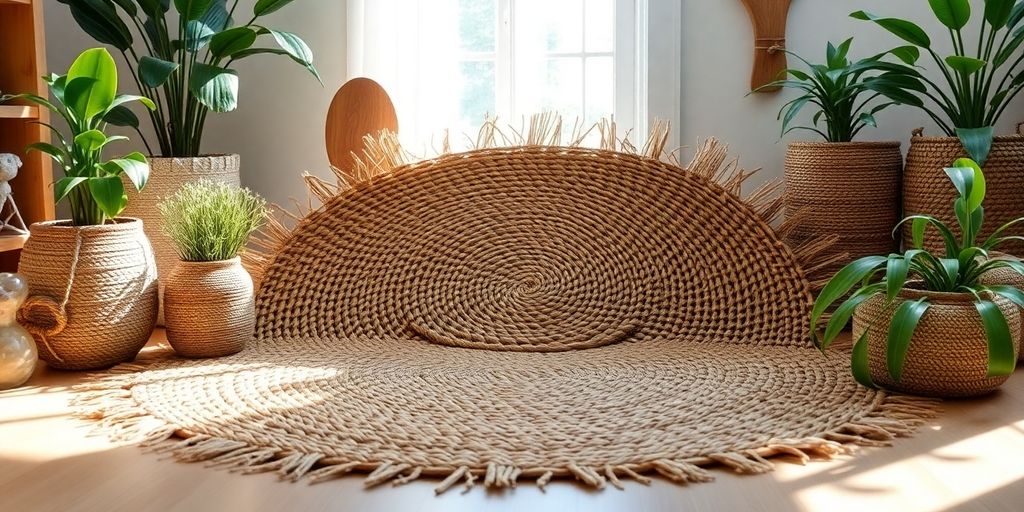
Unlock Your Flexibility: The Best Stretching Strap from Amazon for Every Fitness Level
If you're looking to improve your flexibility and overall fitness, a stretching strap can be a game changer. Whether you're a beginner just getting started or an experienced athlete, these tools can help you get the most out of your stretching routine. In this article, we'll explore the best stretching straps available on Amazon and how they can benefit you at any fitness level.
Key Takeaways
- Stretching straps are great for improving flexibility and range of motion.
- Choosing the right material and size is important for effectiveness.
- There are options tailored for beginners, advanced users, and yoga enthusiasts.
- Proper techniques can maximize the benefits of your stretching strap.
- Regular maintenance can extend the life of your stretching strap.
Understanding The Benefits Of Stretching Straps
Stretching straps are more than just a piece of fabric; they're a tool that can seriously up your flexibility game. I remember when I first started using one, I was surprised at how much deeper I could get into stretches without feeling like I was going to pull something. It's like having a personal assistant for your flexibility! Let's explore the advantages.
Improved Flexibility
Using a stretching strap regularly can lead to noticeable improvements in your overall flexibility. It allows you to gradually increase the range of motion in your joints, making everyday movements easier and more comfortable. Think about reaching for something on a high shelf or bending down to tie your shoes – these actions become less of a struggle as your flexibility increases. It's not an overnight fix, but with consistent use, you'll definitely see a difference. For example, the Original Stretch Out Strap® is designed to help you achieve deeper stretches.
Enhanced Range Of Motion
Range of motion is all about how far you can move a joint in different directions. A stretching strap helps you to safely extend your reach, allowing you to work on areas that would otherwise be difficult to target. This is especially useful for those of us who spend a lot of time sitting at a desk or engaging in repetitive movements. By improving your range of motion, you can reduce stiffness and improve your overall physical performance.
Injury Prevention
One of the biggest benefits of using a stretching strap is injury prevention. When your muscles are tight and inflexible, you're more prone to strains and sprains. Stretching helps to loosen those muscles and increase blood flow, making them more resilient to stress. It's like warming up your car engine before taking it on a long drive – you're preparing your body for activity and reducing the risk of something going wrong. Plus, stretching can help to improve your posture and alignment, which can further reduce your risk of injury.
Incorporating a stretching strap into your routine is a proactive way to care for your body. It's not just about being able to touch your toes; it's about maintaining healthy joints and muscles for years to come. Think of it as an investment in your long-term well-being.
Choosing The Right Stretching Strap For Your Needs
Okay, so you're ready to get a stretching strap. Awesome! But with so many options on Amazon, how do you pick the right one? It can feel overwhelming, but don't worry, it's actually pretty straightforward once you know what to look for. Let's break it down.
Material Considerations
The material of your stretching strap matters more than you might think. You'll typically find straps made from cotton, nylon, or polyester blends. Cotton is soft and comfortable, but it can stretch out over time and might not be the most durable. Nylon is super strong and doesn't stretch much, but it can feel a little rough on the skin. Polyester blends often try to strike a balance between comfort and durability. Think about how often you'll be using the strap and how much wear and tear it will endure. If you're planning on using it every day, spring for something more durable. If it's just for occasional use, cotton might be fine.
Length And Width Options
Length is key! You need a strap that's long enough to comfortably reach your feet or hands, depending on the stretch. Most straps are around 6 to 8 feet long, which works for most people. But if you're particularly tall or have limited flexibility to begin with, you might want to go for a longer one. Width is less critical, but a wider strap can feel more comfortable, especially when you're holding it for extended periods. A good durable 6-foot stretching strap is a great starting point.
Adjustability Features
This is where things get interesting. Some straps are just a simple loop of fabric, while others have multiple loops or buckles that allow you to adjust the length and grip. Straps with multiple loops are great because they give you more options for hand placement and allow you to gradually increase the intensity of your stretch. Buckles can be useful for certain stretches, but they can also be a bit fiddly to adjust. Consider what kind of stretches you plan to do and whether you need that extra level of adjustability.
Think about the types of stretches you'll be doing most often. Are you focusing on hamstrings, shoulders, or something else? The answer to that question will help you determine the length, material, and adjustability features that are most important for you. Don't be afraid to experiment with different straps until you find one that feels just right.
Top Stretching Straps Available On Amazon
Best For Beginners
Okay, so you're just starting out with stretching straps? No sweat! There are a bunch of options on Amazon that are super user-friendly. Look for straps that have clear markings for different loop lengths. This makes it easy to gradually increase your stretch without overdoing it. A good beginner strap should also be made of a soft, comfortable material to avoid any irritation.
- Easy-to-grip loops
- Clear length markings
- Soft, durable material
Best For Advanced Users
Alright, you're a stretching pro, huh? You need a strap that can keep up! Advanced users should look for straps made from heavy-duty materials that won't fray or break under intense pressure. Think about straps with metal D-rings or buckles for extra adjustability and secure holds. You might also want to consider a longer strap to really push your limits.
- Heavy-duty construction
- Metal D-rings or buckles
- Extra length for advanced stretches
Best For Yoga Practitioners
Yoga folks, listen up! Your stretching strap needs to be versatile enough to handle all those crazy poses. Look for straps made from natural fibers like cotton or hemp – they're grippy and eco-friendly. The length is also important; a longer strap will give you more options for binding and deepening your stretches. Plus, a little extra width can provide more comfort during those long holds. The OPTP Original Stretch Out Strap is a great choice for yoga.
- Natural fiber construction
- Optimal length for yoga poses
- Comfortable width
I've been using stretching straps for years, and honestly, it's a game-changer. I used to think I was just naturally inflexible, but with consistent use of a good strap, I've seen a huge improvement in my range of motion. It's not a miracle cure, but it definitely helps you get deeper into those stretches and hold them for longer.
How To Use A Stretching Strap Effectively
Basic Stretching Techniques
Okay, so you've got your stretching strap. Now what? Don't just start yanking on it! The key is to start slow and listen to your body. Think of it like this: you're trying to gently persuade your muscles to lengthen, not force them into submission.
- Start with a warm-up: A few minutes of light cardio, like jogging in place or arm circles, will get the blood flowing and prepare your muscles for stretching.
- Proper Positioning: Make sure you're in a stable and comfortable position. If you're doing a hamstring stretch, sit with your back straight and your core engaged. If you're standing, maintain good posture and avoid locking your knees.
- Gentle Tension: Loop the strap around your foot or limb and gently pull, increasing the tension until you feel a stretch. It should feel like a gentle pull, not a sharp pain. Hold the stretch for 20-30 seconds, breathing deeply.
Remember, consistency is key. Stretching regularly, even for a few minutes each day, will yield better results than sporadic, intense sessions. Don't overdo it, especially when you're just starting out.
Advanced Stretching Techniques
Ready to take things up a notch? Once you're comfortable with the basics, you can explore some more advanced techniques. This might involve deeper stretches, dynamic movements, or incorporating the strap into more complex poses. Always be mindful of your body's limits and avoid pushing yourself too hard.
- PNF Stretching: Proprioceptive Neuromuscular Facilitation (PNF) involves contracting the muscle you're stretching against resistance, then relaxing and stretching further. For example, during a hamstring stretch, gently push your foot against the strap for a few seconds, then relax and pull the strap to deepen the stretch.
- Dynamic Stretching: Instead of holding a static stretch, try gentle, controlled movements. For example, swing your leg forward and backward with the strap around your foot, gradually increasing the range of motion.
- Assisted Stretching: Use the strap to help you achieve a deeper stretch in poses like the seated forward fold or the standing quad stretch. The strap allows you to reach further and maintain proper form.
Incorporating Into Your Routine
So, how do you actually fit stretching into your busy life? It's easier than you think! The best way is to find a time that works for you and make it a habit. Maybe it's first thing in the morning, after a workout, or before bed. The key is to be consistent. You can use a stretching strap to help with this.
- Morning Routine: Start your day with a few minutes of stretching to wake up your muscles and improve circulation.
- Post-Workout: Stretching after a workout can help reduce muscle soreness and improve recovery.
- Evening Routine: Stretching before bed can help relax your muscles and promote better sleep.
Here's a sample routine you could try:
| Stretch | Duration | Sets | Notes |
|---|---|---|---|
| Hamstring Stretch | 30 sec | 2 | Keep your back straight. |
| Quad Stretch | 30 sec | 2 | Hold onto a wall for balance if needed. |
| Calf Stretch | 30 sec | 2 | Lean into the stretch. |
User Reviews And Experiences With Stretching Straps
Positive Feedback
So, what are people actually saying about these stretching straps? Well, overwhelmingly, the feedback is pretty good. Lots of users are talking about how much these straps have helped them increase their flexibility. Many mention feeling a noticeable difference after just a few weeks of consistent use. People who are new to stretching find them easy to use, and those with more experience appreciate the added depth they can achieve in their stretches. It's not just about flexibility, though. Some users have noted a reduction in muscle soreness and improved recovery times after workouts.
- Improved flexibility and range of motion
- Reduced muscle soreness
- Enhanced post-workout recovery
Common Complaints
Of course, it's not all sunshine and roses. Some users have had issues with the durability of certain straps, especially the cheaper ones. A few people have reported that the loops can sometimes be too small, making it difficult to get a good grip. And then there's the occasional complaint about the material being uncomfortable against the skin, especially during longer stretches. It seems like the quality can vary quite a bit depending on the brand and price point. So, it's worth doing your research before you buy. Some people also find the basic stretching techniques difficult to master at first.
Comparative Analysis
Okay, so how do these stretching straps stack up against each other? It really depends on what you're looking for. The more expensive straps tend to be made from higher-quality materials and have more comfortable loops. They also tend to be more durable, which is important if you're planning on using them regularly. However, the cheaper straps can still be a good option if you're just starting out or if you're on a tight budget. Just be prepared to replace them more often. Here's a quick comparison:
| Feature | Premium Straps | Budget Straps |
|---|---|---|
| Material | High-quality, comfortable fabric | Less durable, potentially less comfortable |
| Durability | Long-lasting | May wear out faster |
| Loop Size | Generally larger and more comfortable | Can be smaller and less comfortable |
| Price | Higher | Lower |
| Best For | Regular users, those seeking maximum comfort | Beginners, budget-conscious users |
Ultimately, the best stretching strap for you will depend on your individual needs and preferences. Consider your budget, your experience level, and how often you plan to use the strap before making a decision. Reading user reviews can provide valuable insights into the pros and cons of different models.
Maintaining Your Stretching Strap

So, you've got your stretching strap and you're using it regularly. Great! But like any piece of fitness equipment, it needs a little TLC to keep it in good shape. Here's how to keep your strap ready for your next session.
Cleaning Tips
Okay, let's talk cleaning. Depending on how much you sweat (and where you use your strap), it's going to need a wash every now and then. Here's the lowdown:
- Spot Clean: For minor grime, a damp cloth with mild soap works wonders. Just wipe down the affected areas and let it air dry. This is good for in-between deep cleans.
- Hand Wash: Fill a sink or tub with lukewarm water and add a small amount of gentle detergent. Submerge the strap and gently agitate the water. Rinse thoroughly with clean water.
- Machine Wash (Maybe): Some straps can go in the washing machine, but check the manufacturer's instructions first! If it's a go, use a mesh laundry bag and a delicate cycle with cold water. Skip the fabric softener.
Storage Recommendations
How you store your strap matters more than you think. Here's the deal:
- Avoid Direct Sunlight: Sunlight can fade and weaken the material over time. Keep it out of direct rays.
- Keep it Dry: Moisture leads to mildew and funky smells. Make sure your strap is completely dry before storing it.
- Hang it Up or Roll it Neatly: Hanging prevents creases and kinks. If you prefer rolling, do it loosely to avoid stretching the material.
Longevity Practices
Want your strap to last? Here's the secret sauce:
- Inspect Regularly: Before each use, give your strap a quick once-over. Look for any signs of wear and tear, like fraying, tears, or weakened seams. If you spot damage, replace it.
- Avoid Overstretching: Don't pull on the strap with excessive force. It's designed to assist your stretches, not to be a tug-of-war rope.
- Proper Usage: Make sure you're using the strap correctly. Incorrect techniques can put unnecessary stress on the material. Refer to the exercise booklet that came with your strap for guidance.
Taking care of your stretching strap is a small investment that pays off big time. A clean, well-maintained strap will not only last longer but also provide a more comfortable and effective stretching experience. Plus, it's just more pleasant to use something that's in good condition!
Stretching Strap Alternatives To Consider

Sometimes, a stretching strap isn't the only tool for the job. There are other options that can help you achieve similar results, and it really comes down to personal preference and what feels best for your body. Let's explore some alternatives.
Resistance Bands
Resistance bands are super versatile. You can use them to assist with stretches, adding a gentle pull to deepen the stretch. They're also great for strengthening exercises, making them a two-in-one tool. Plus, they come in different resistance levels, so you can adjust the intensity as you get stronger and more flexible. I find them particularly useful for stretching my shoulders and legs. They're also pretty cheap and easy to carry around.
Yoga Blocks
Yoga blocks are fantastic for bringing the floor closer to you. If you're struggling to reach your toes in a hamstring stretch, a yoga block can provide the support you need. They're also helpful for improving balance in certain poses. I've used them to modify poses when my flexibility isn't quite there, and they've made a huge difference. You can find yoga blocks in different sizes and materials, so you can choose what works best for you.
Foam Rollers
Foam rollers are more for myofascial release than traditional stretching, but they can definitely improve flexibility by working out knots and tension in your muscles. They're great for targeting specific areas like your quads, hamstrings, and back. It can be a little intense at first, but it's worth it.
I've found that using a foam roller regularly has helped me reduce muscle soreness and improve my overall range of motion. It's not exactly the same as using a stretching strap, but it complements my stretching routine really well.
Final Thoughts on Stretching Straps
In the end, picking the right stretching strap can really make a difference in your routine. Whether you're just starting out or you've been at it for a while, there's something for everyone on Amazon. From simple designs to more advanced options, these straps can help you improve your flexibility and prevent injuries. So, why not give one a try? You might be surprised at how much easier it is to reach those tough stretches. Remember, it’s all about finding what works best for you and sticking with it. Happy stretching!
Frequently Asked Questions
What is a stretching strap?
A stretching strap is a tool that helps you stretch your muscles and improve flexibility. It is usually made of strong fabric and has loops to hold onto.
Who can use a stretching strap?
Anyone can use a stretching strap! It’s great for beginners, athletes, and even people who just want to be more flexible.
How does a stretching strap help with stretching?
A stretching strap allows you to reach further and hold stretches longer. This helps you get a better stretch and can make it easier to improve your flexibility.
Can I use a stretching strap for yoga?
Yes! Stretching straps are often used in yoga to help with poses and to deepen stretches.
How do I clean my stretching strap?
You can usually wash your stretching strap with mild soap and water. Just make sure to let it dry completely before storing it.
Are there different types of stretching straps?
Yes, there are many types! Some are longer, some are adjustable, and some have special features like padded handles. Choose one that fits your needs.


